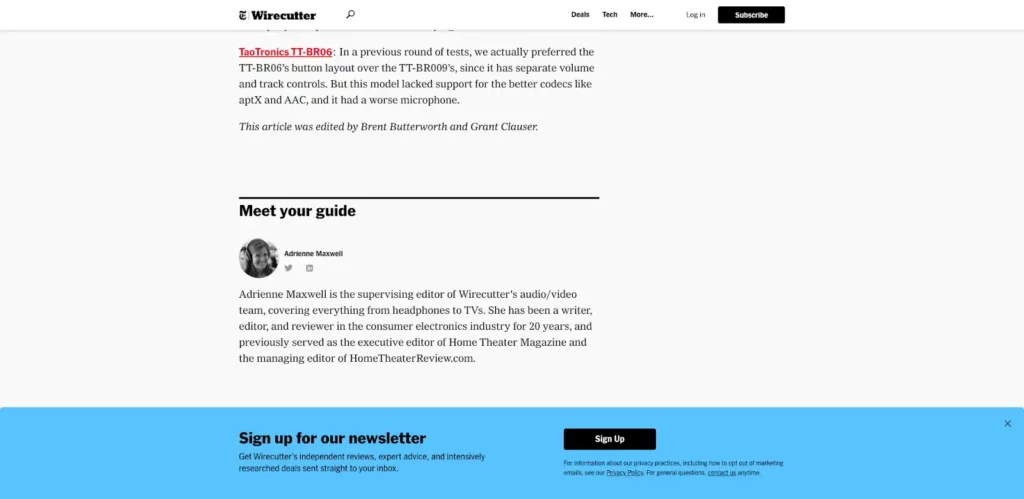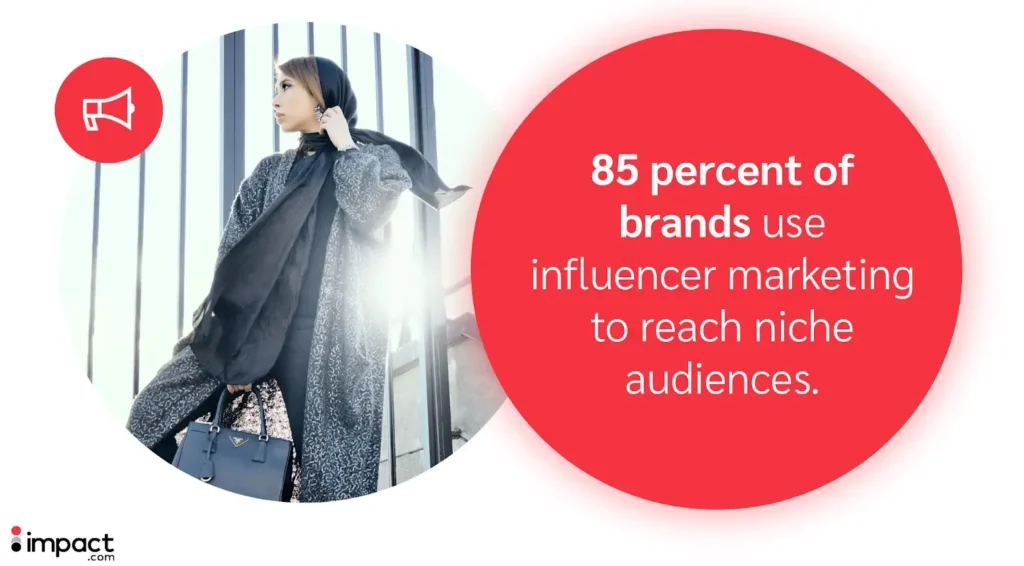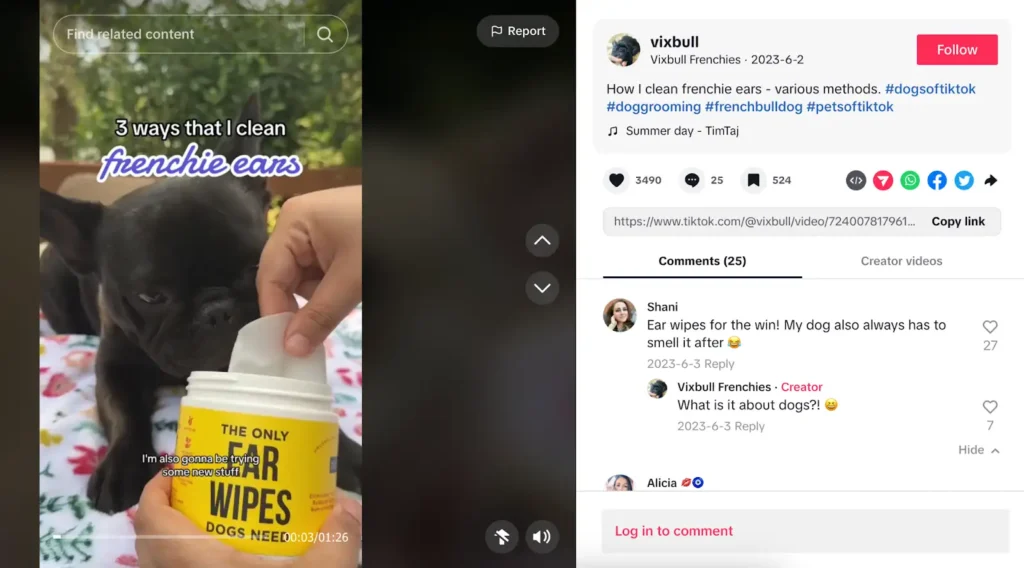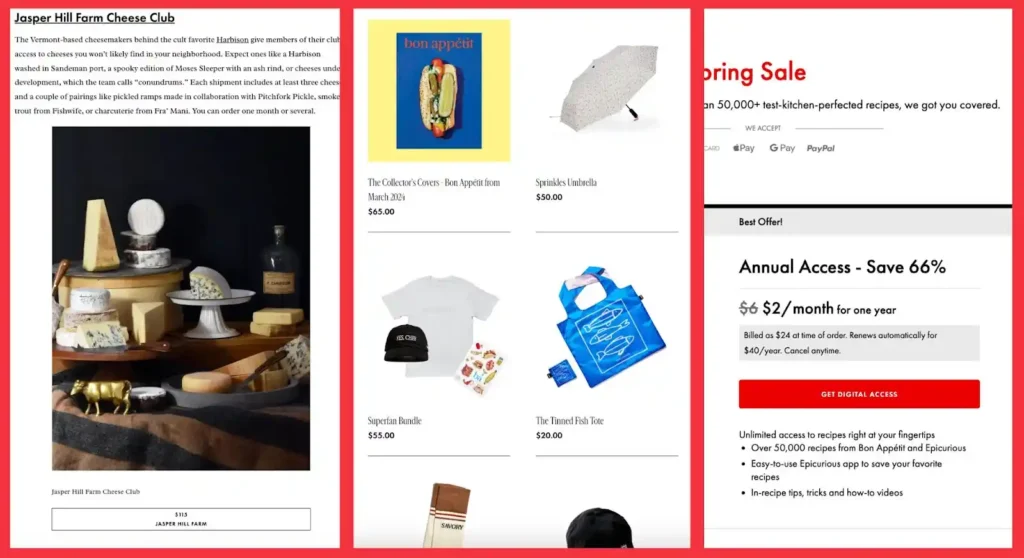Google’s latest core update poses a new challenge for major media publishers as they adapt to shifting technologies and content consumption habits.
The update introduced algorithm changes intended to improve search result quality and eliminate unhelpful content. However, Google’s broad definition of “spammy” or “unhelpful” content could penalize affiliate publishers.
With many publishers attracting 60 percent or more of readers through search, even the most prominent media companies now worry that losing visibility could significantly reduce traffic. This is the most recent development that could affect revenue, including the rise of generative AI and third-party cookie restriction.
In contrast, influencers continue to prove themselves formidable forces in commerce—reshaping digital publishing norms. Publishers can gain valuable insights from creators on adapting to this new environment.
Key takeaways from this blog
- Focus on relatable stories and experiences to make your content more human.
- When you engage with and show genuine appreciation for your audience, they become brand champions.
- Pinpoint your audience’s niche interests to make your publication more valuable.
- Keep things fresh by trying up-and-coming formats and staying tuned into micro-trends.
- Diversify revenue streams to build a stronger, more secure financial future.
5 influencer-inspired lessons to elevate your publication
Publishers and creators share a common goal: to create and share valuable content with audiences.
While publishers have decades of content creation experience, this knowledge can keep them from adapting quickly to emerging formats and channels. Influencers continually refine their strategies to keep up with social media’s rapidly shifting trend cycles and algorithms.
Publishers can look to influencers for new ways to create content that breaks from the traditional website and Google search traffic model. Here’s how.
1. Embrace authenticity to connect with your audience
Influencers excel at creating authentic content that resonates with their audience. Sharing relatable personal stories, experiences, and opinions fosters deep connections with followers. This hooks in audiences, with our research revealing that more than 6 in 10 consumers trust influencers they perceive to be like them.

Source: The state of influencer marketing for consumers
Major media publishers can learn to humanize their brands and create more genuine content. Avoid the trap of being overly polished or corporate. Instead, focus on projecting an identity that reflects your audience and shows you “get them.”
Speak to readers like a trusted friend instead of an expert or brand. This creates familiarity and lays the groundwork for building meaningful connections.

Apartment Therapy’s piece about popular houseplants has a per sonable tone that relates to plant-loving readers directly and fosters camaraderie.
Some publishers have also elevated individual writers and contributors, turning them into influencers within their organizations. By doing so, publishers tap into each writer’s personal brand to give their content a more human touch.
Encourage your contributors to develop their unique voices and share their expertise on social media. This boosts their profile while extending your content’s reach. When audiences connect with the faces behind the stories, they feel a stronger connection to the content and, by extension, your brand.

Wirecutter highlights their contributors’ experience to add credibility to in-depth reviews. Take this Bluetooth headphone adapter review by Adrienne Maxwell, a consumer electronics writer, editor, and reviewer for 20 years.
2. Build strong communities to foster brand loyalty
Many influencers constantly interact with their audience by actively responding to comments, messages, and feedback. This level of engagement builds loyal and active communities.
It also taps into the basic human need for connection, making followers feel seen, heard, and valued. According to OpenWeb, nine in ten people reported reading comments on content creators’ sites when available.
When influencers establish a sense of community, members are more likely to share content, interact, and advocate on the influencer’s behalf. Major media publishers can cultivate a dedicated fan base to gain the same benefits.

Source: OpenWeb
However, audience engagement goes beyond answering letters to the editor—it means having two-way conversations. Publishers can experiment with methods such as:
- Amplifying user-generated content
- Hosting live Q&A sessions or events
- Opening comment sections or forums for readers
- Offering extra content or features for paying subscribers
Creating a community can generate a self-sustaining cycle that transforms your audience into advocates without your direct management or investment.

TikTok creator @babiesofsteele has two-way conversations with her followers in this post, where she tells the story of a unique barn door in her home in response to a follower’s comment.
3. Segment your audience to tap into niche interests
Influencers often specialize in niche topics or interests, allowing them to cater to specific segments with tailored content. Our research with the World Advertising Research Center reveals that 85 percent of brands use influencer marketing to reach niche audiences.
Additionally, Emplify research showed that creators with smaller audiences often convert better than bigger influencers—especially when their content is more specialized.

Source: Aligning marketers and influencers: Shifting perspectives on influencer marketing across the funnel
Media publishers can embrace the power of targeting and segmentation to cater to their audiences’ diverse interests.
You can create highly relevant content that addresses burning questions and desires by identifying and serving specific interests. This translates into:
- Increased readership retention
- Higher engagement rates
- A more robust and successful digital presence
Segmentation also helps you spot emerging trends and trailblaze new topics, cementing your authority in an industry.
This approach sets you apart from the crowd, ensuring that your content doesn’t have the “spammy” qualities that Google targets in its recent update.

Pet creator @vixbull offers entertainment and educational content for French bulldog lovers. Their content delves into breed-specific concerns that go beyond general dog care.
4. Stay agile and experiment to boost content relevancy
Influencers skillfully pair compelling narratives with trending formats to capture attention. The most successful influencers remain nimble—quickly pivoting content strategies in response to changing trends, algorithms, and audience preferences.
While many publishers excel in crafting compelling stories, they often lag in adapting to trend cycles. In recent years, publishers have strived to compete by incorporating multimedia features, interactive storytelling, and immersive experiences alongside traditional written content.
However, these formats often fail to participate in the microtrends prevalent on social media.

When confronted with simplifying complex subjects, Vox Media created their “Explainer” format. Explainers became so popular that Netflix ordered several seasons of content adapted for streaming.
Publishers must embrace agility and experimentation. Testing new formats, platforms, and distribution channels quickly keeps you ahead of the curve in a rapidly evolving media landscape.
Consider regularly incorporating trending audio, memes, or formats into your strategy. Then, compare their performance metrics to your existing or historical content. Keep investing in content styles that connect with your audience.

TikTok creator @dagnymusic hops on the Wes Anderson trend by turning an afternoon walk in Oslo into a whimsical video inspired by the director’s symmetrical compositions, pastel color schemes, and playful narratives.
For example, publishers could join the Wes Anderson wave on TikTok by creating visually appealing and quirky content that resonates with audiences who appreciate the director’s distinct visual style. By jumping on this trend, publishers could attract engagement and captivate viewers on social media.
Staying ahead of these trends can be challenging, so use influencers in your niche as your guide. Monitor relevant creators to identify emerging topics and trends that can inform your content, partnership strategies, and approach to audience engagement.
5. Diversify revenue streams to safeguard profits
Influencers have pioneered innovative monetization strategies that extend beyond traditional advertising. They’ve embraced diverse revenue streams, such as:
- Brand partnerships
- Branded content
- Affiliate marketing
- Subscription platforms (i.e., Patreon)
While monetizing with affiliate links is essential to a comprehensive evergreen strategy, publishers should explore other channels to expand profits while maintaining a rich and healthy digital portfolio.

Bon Appétit has a variety of revenue channels, including affiliate partnerships, merchandise, and subscriptions.
Influencers also exhibit a remarkable ability to adapt their monetization strategies to their audience.
One example of this tailored approach is the practice of selling merchandise. When you sell products that align with your persona, you don’t just generate more revenue—you create a tangible connection with your followers and provide more value.
Publishers can compare their current income generation methods to their audience’s preferences, effectively connecting with followers on a deeper level. This strategy guarantees a strong, successful presence in their niche. It also protects publishers from shifts caused by tech giants like Meta or Google.
Innovation paves the pathway to success
Amid challenges posed by Google’s search update and other changes, publishers have a golden opportunity to reassess their approach to content creation.
Publishers can use the strengths that set them apart—such as their journalistic integrity and established brands—while looking to influencers for ways to navigate the new, fast-moving media landscape.
This moment offers an invitation to innovate and deepen connections with new audiences. With the right strategies, publishers can emerge stronger, more agile, and more connected than ever.
Expert insights were also provided by Jerrid Grimm, Publisher Marketing Director at impact.com, and Co-founder of Pressboard.
Discover more about how publishers can take control of their revenue:






